
Low-impact Concrete Alternatives for Interiors
Chosen theme: Low-impact Concrete Alternatives for Interiors. Step inside an inspiring guide to beautiful, durable spaces that tread lighter on the planet without sacrificing comfort, craft, or character.
Why Low-Impact Alternatives Matter at Home
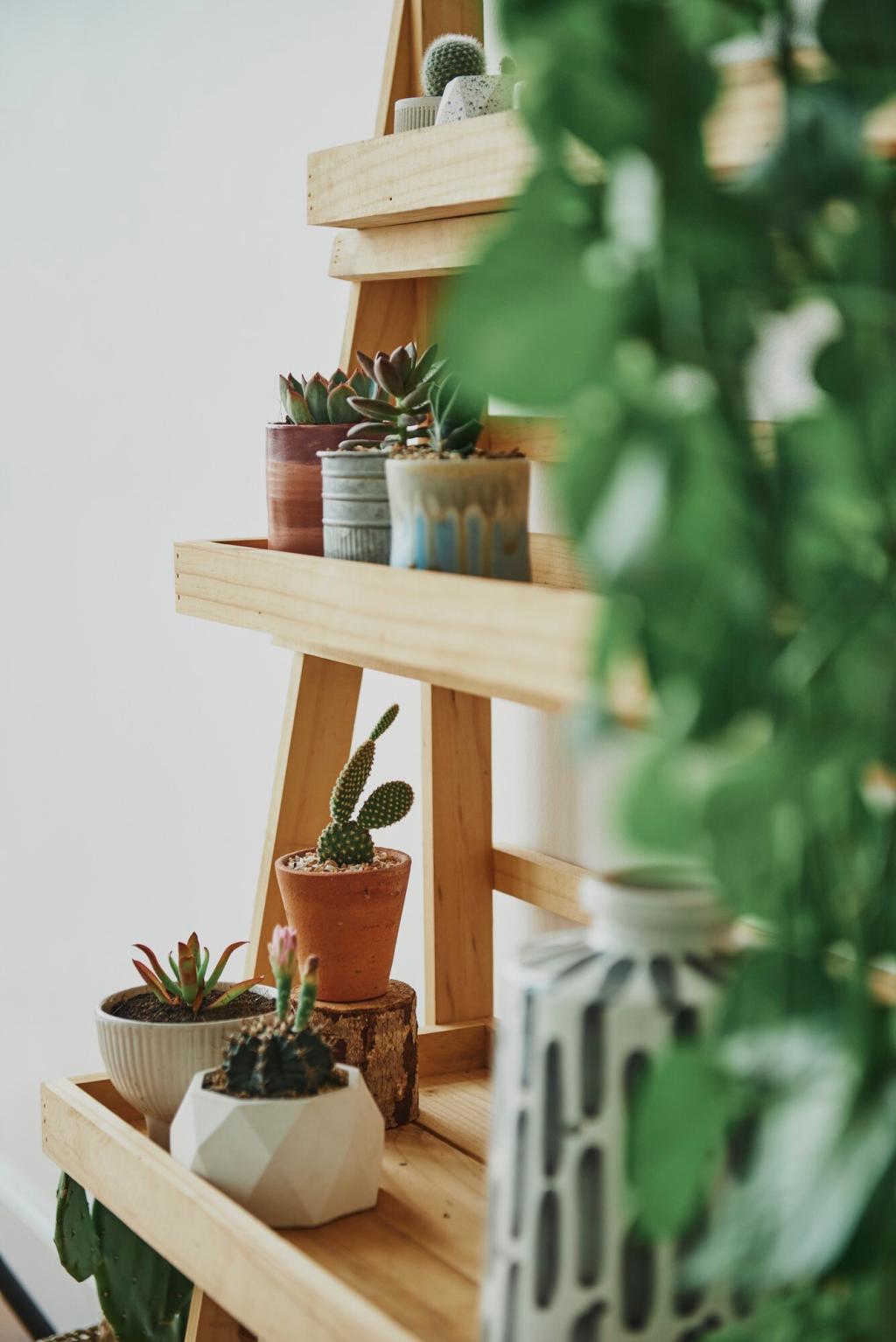
Embodied Carbon You Can Feel Underfoot
Traditional Portland cement is energy-intensive, while lime-based mixes, geopolymers, and earth-derived finishes can cut emissions significantly. A reader wrote us after swapping a cement screed for limecrete, noting cooler summers, warmer winters, and the quiet pride of lowering their home’s footprint.

Healthier Air Through Breathable Mineral Surfaces
Clay plasters and lime finishes buffer humidity and allow walls to breathe, reducing condensation and musty smells. A Berlin apartment retrofit replaced acrylic paints with clay, and the family reported fewer headaches, less static, and a soft, matte calm that made evenings feel restful.
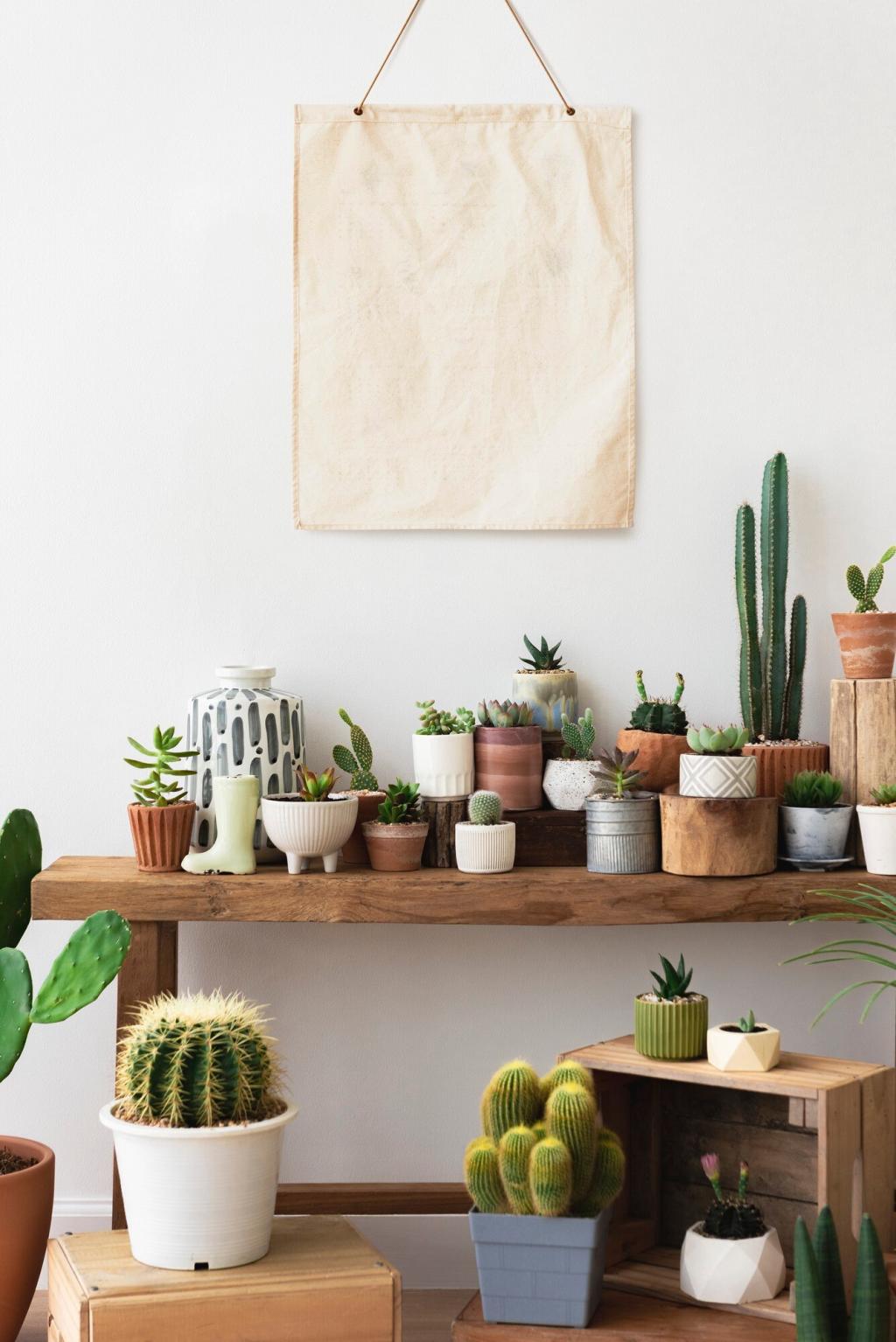
Beauty in Patina, Not Perfection
Low-impact materials age gracefully. Lime burnishes, clay mellows, and rammed earth shows honest layers. Instead of chasing flawless gloss, you celebrate time’s touch. Share your favorite interior patina moment and tell us how it changed the way you live with your space.
Meet the Materials: Limecrete, Hemp-Lime, and Clay
Limecrete uses lime binder and aggregate, carbonating over time and offering a lower-impact, slightly flexible substrate. It cures slower than cement, but delivers breathability and resilience. If you have timber joists or heritage walls, limecrete can harmonize rather than fight the building’s natural movement.
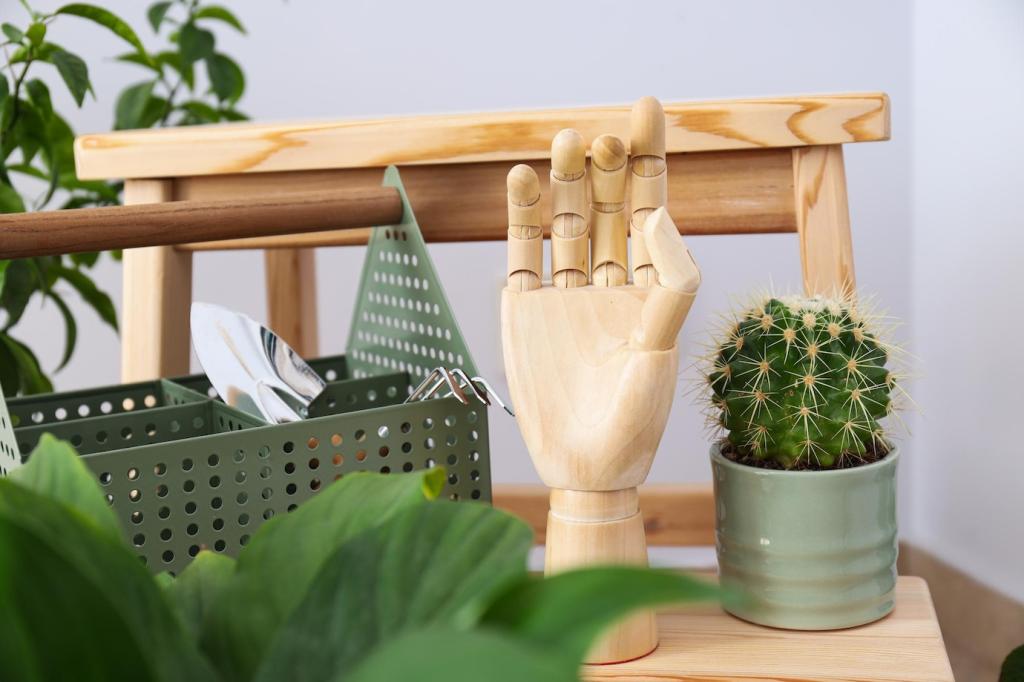
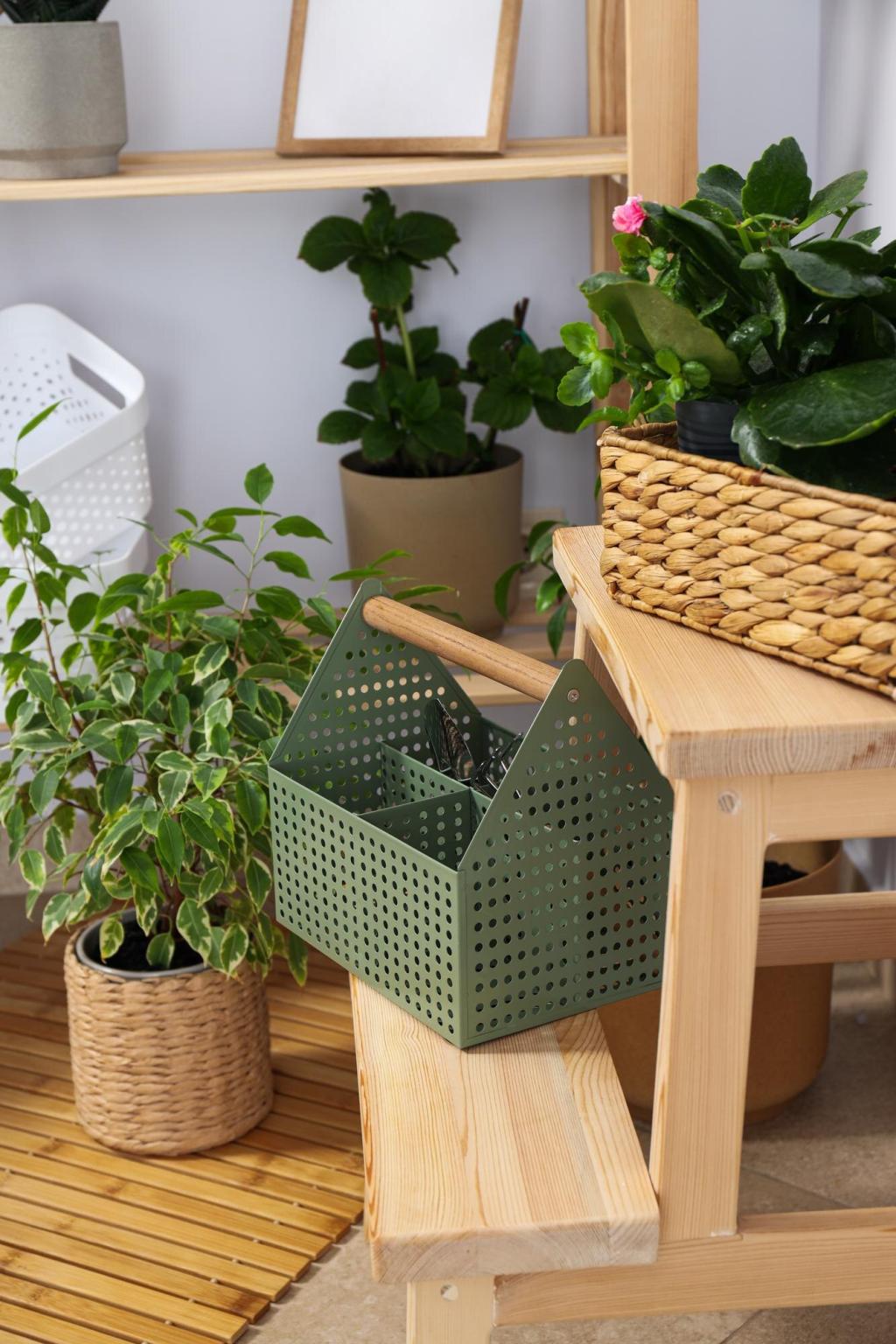
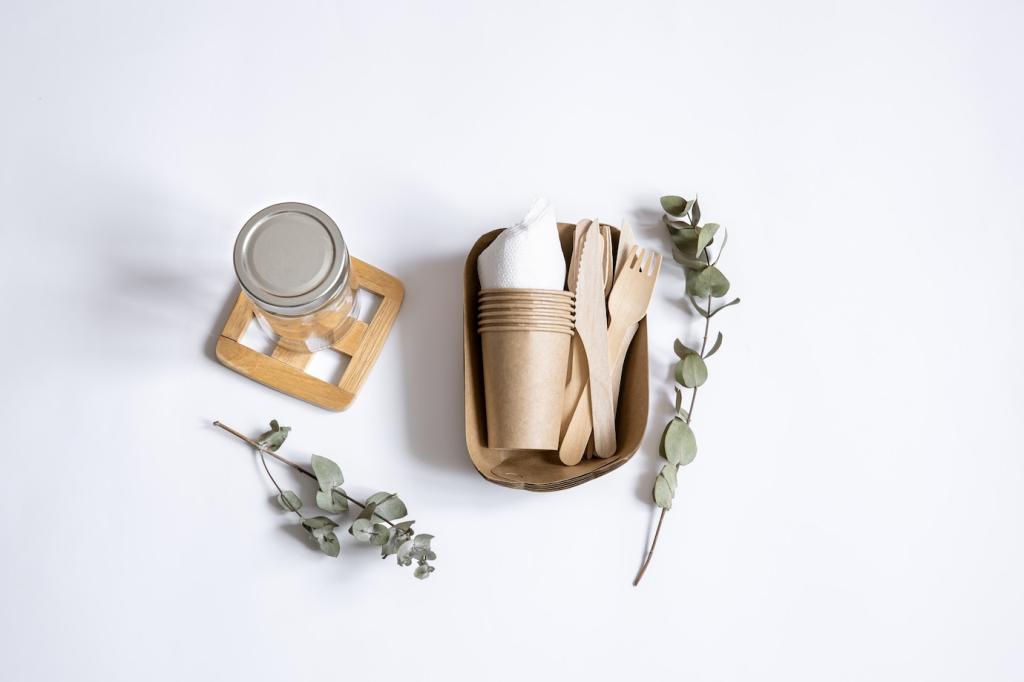
Design Ideas: Applying Alternatives with Confidence
Pair a limecrete base with a thin terrazzo topping that uses recycled glass or porcelain aggregate and reduced-cement binders. The result is durable, luminous, and lower-impact. Subscribers sent photos of sunlit hallways where tiny blue glass chips sparkle like sea spray, brightening even overcast days.
Design Ideas: Applying Alternatives with Confidence
Prefabricated rammed earth panels bring stratified color bands indoors, while clay plasters create velvety expanses. Both feel calm and tactile. One reader installed a rammed earth headboard wall; guests inevitably touch it mid-conversation, the way people instinctively trail fingers along smooth stone.
Build It Right: Detailing for Performance and Comfort
Breathable systems need vapor-open layers from the inside out. Use capillary-active insulation where appropriate, avoid polyethylene traps, and verify drying paths. Tell us your climate and wall assembly, and we’ll publish a community-sourced checklist for confident, moisture-smart interiors.
Sourcing Smarter: Transparency and Verification
EPDs summarize life cycle impacts. Compare Global Warming Potential across similar products, and check system boundaries and declared unit. If a claim seems miraculous, ask for the EPD and share your findings with our community so we can spotlight truly credible options together.
Sourcing Smarter: Transparency and Verification
HPDs and Declare labels reveal ingredients and VOC emissions. Aim for low-odor, low-VOC mineral systems and avoid unnecessary biocides. Have a label you’re unsure about? Drop a comment, and we’ll crowd-source a plain-language translation to help everyone spec with confidence.

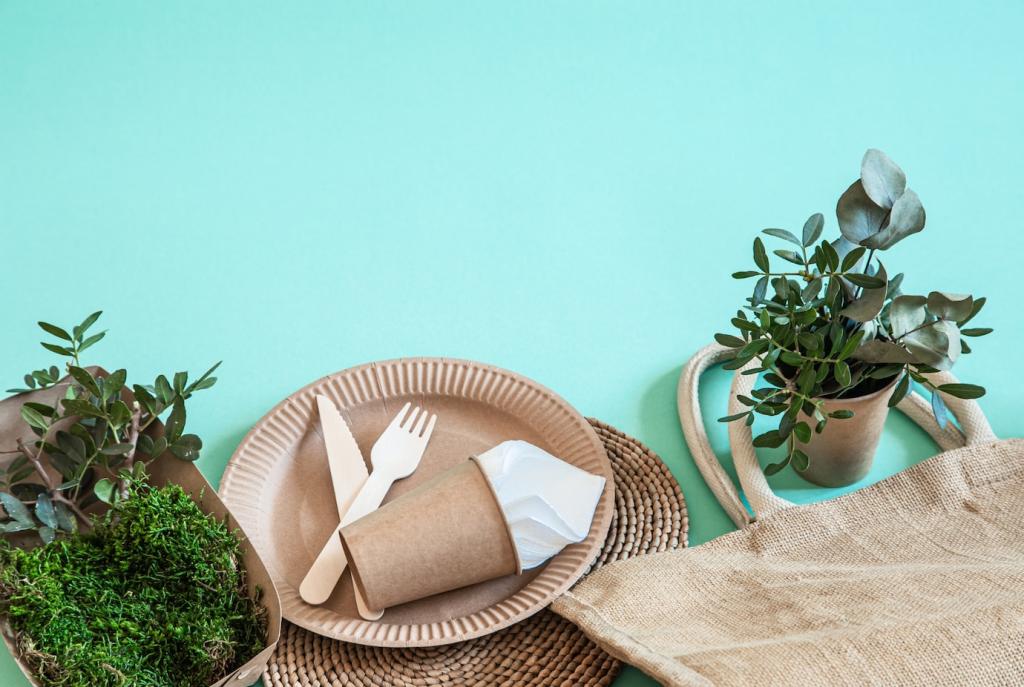
Living With It: Care, Repair, and Circular Futures
Mineral surfaces thrive with mild soap, microfiber cloths, and patience. Avoid harsh acids that strip protective patinas. If you have a weekly routine that keeps clay walls glowing or tadelakt gleaming, post it—we’ll feature reader-tested care tips in our next newsletter.
